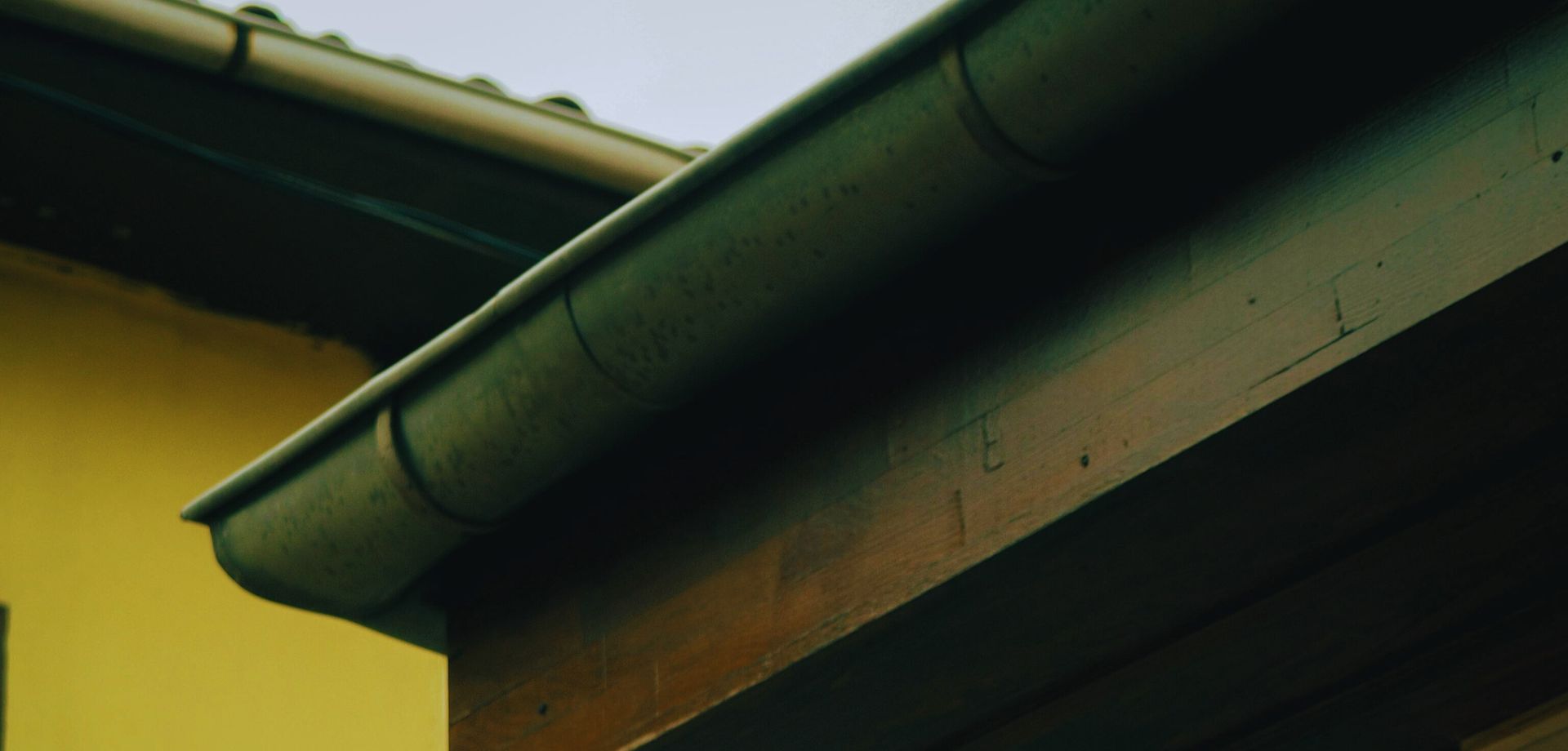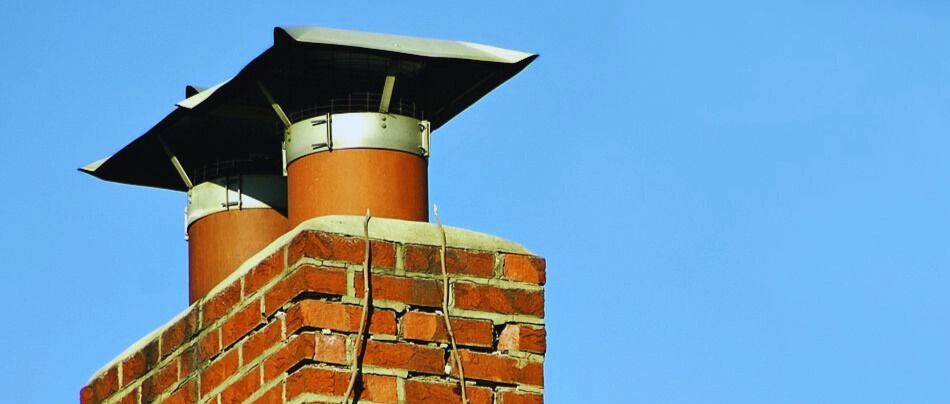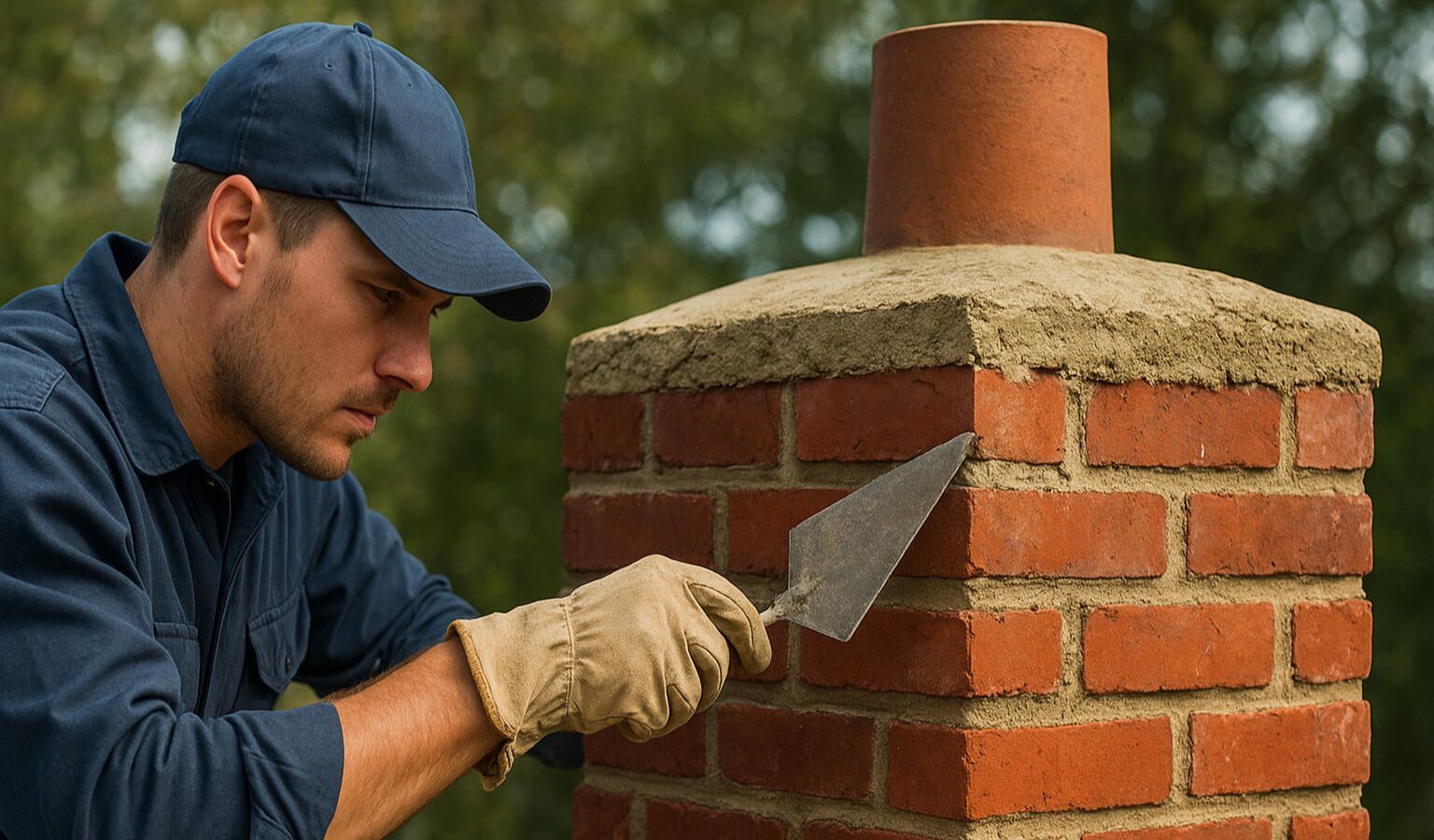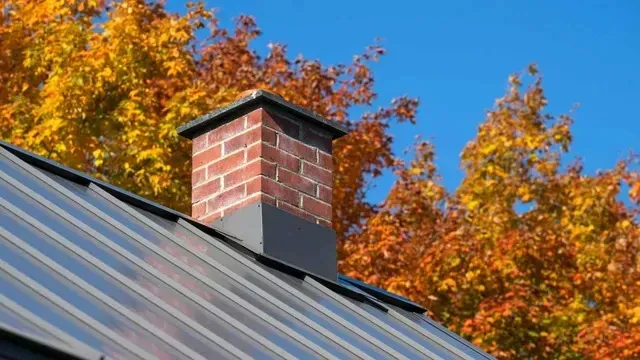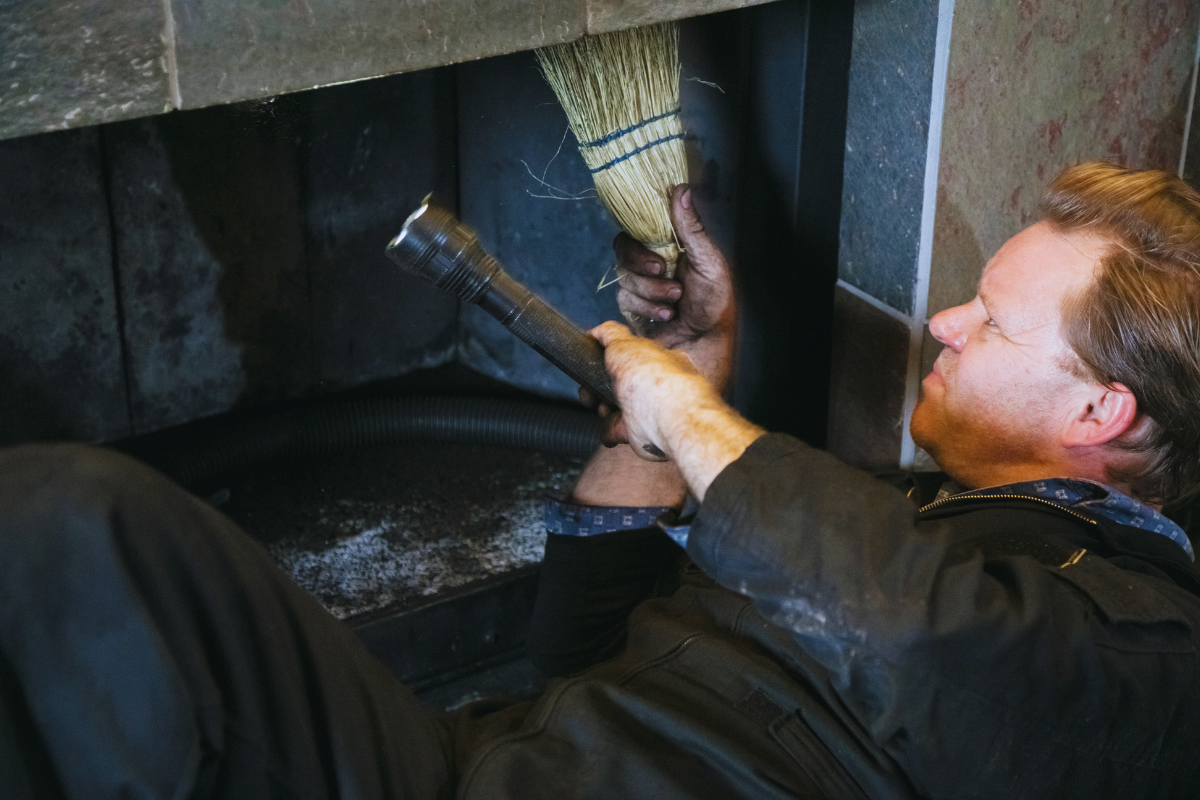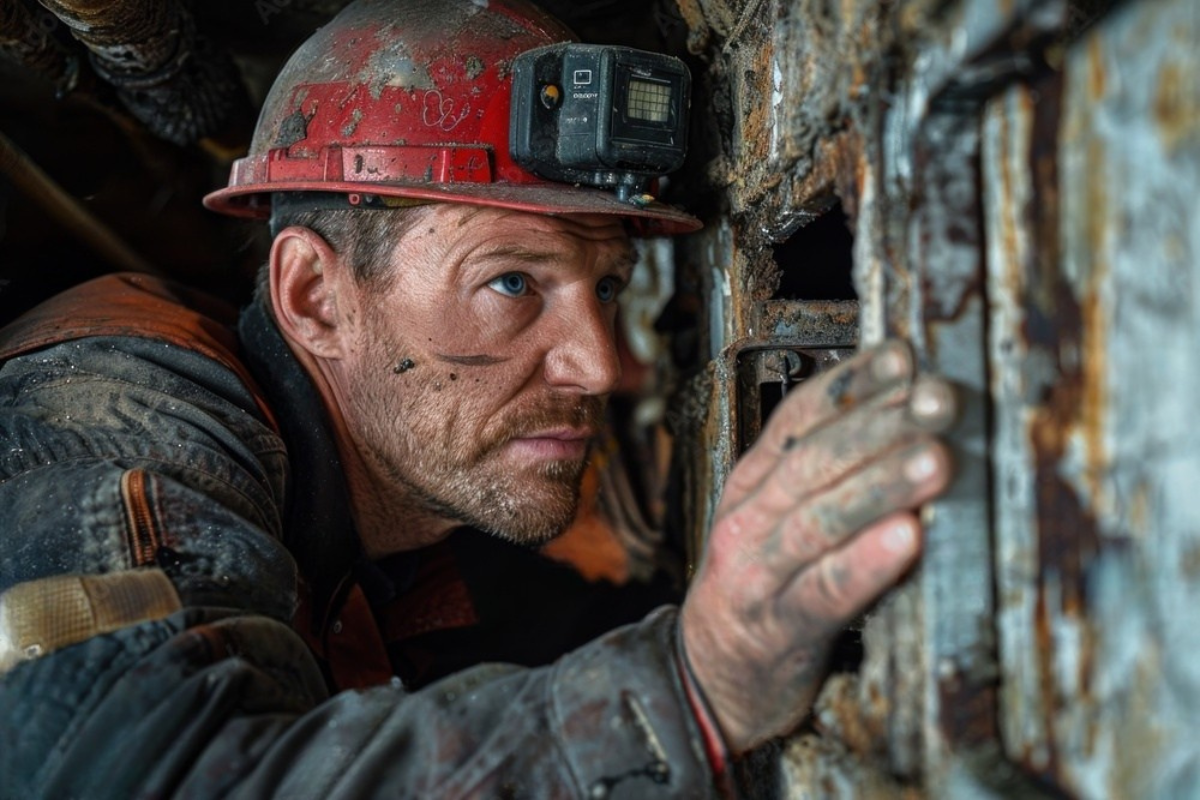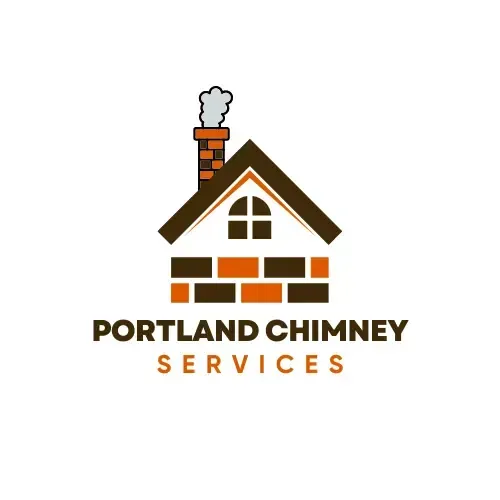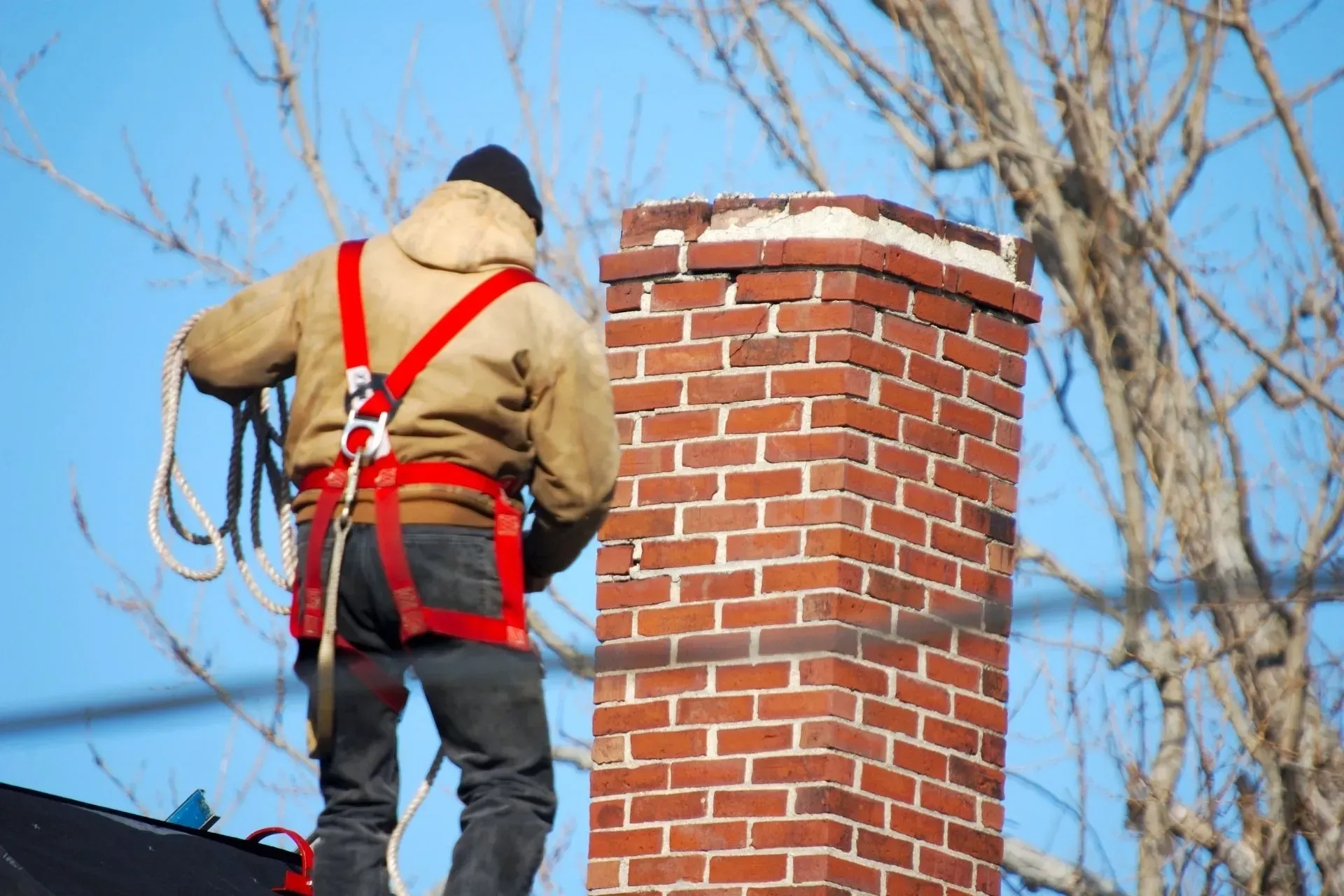In today’s fast-paced world, it’s easy to overlook the hidden heroes of home safety—like your kitchen chimney. But regular kitchen chimney inspections are more than just routine checkups. They’re your first line of defense against fire hazards, harmful pollutants, and expensive damage.
Grease buildup, carbon deposits, and unnoticed blockages can quietly build up inside your chimney system. Over time, these issues pose serious risks—not only to your home but to your health. The good news? Preventing all of that is as simple as setting up a chimney inspection. Let's break it all down.
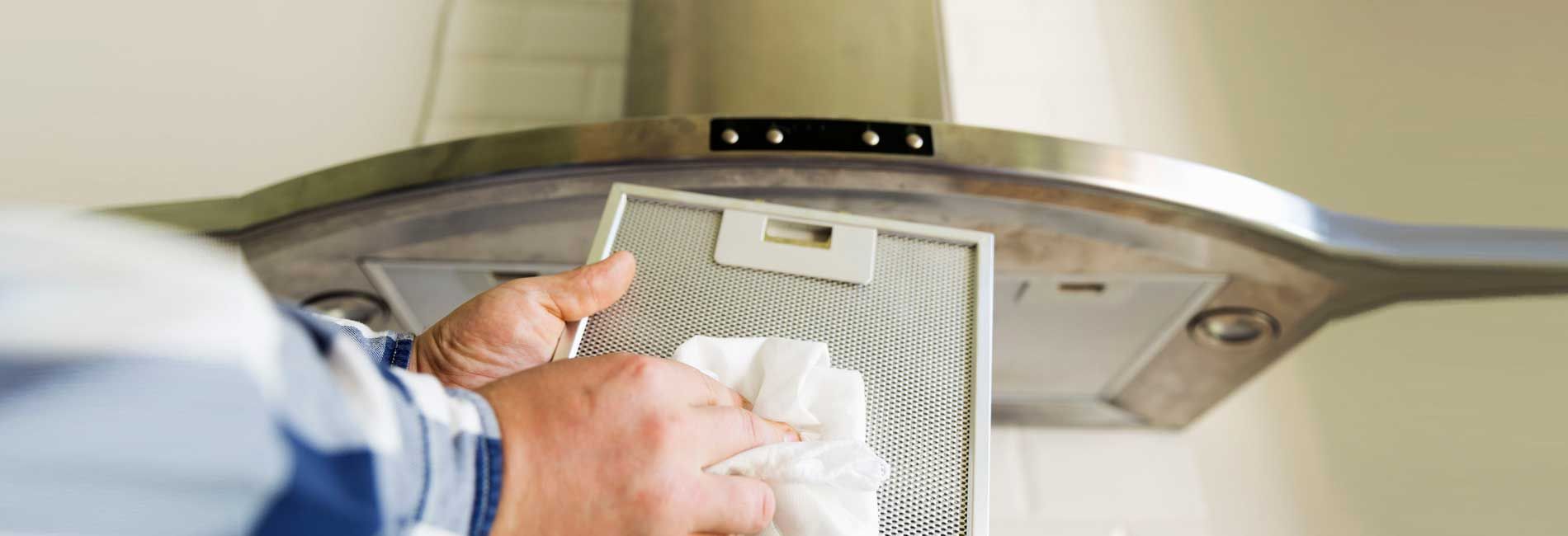
The Importance of Regular Kitchen Chimney Inspections
Think of your kitchen chimney as your home’s exhaust system. Every time you cook, especially when frying or grilling, grease particles and smoke are funneled through it. Without regular inspections, these residues accumulate, creating a perfect environment for fire or airflow obstruction.
Inspections can:
- Prevent kitchen fires by identifying and removing grease buildup
- Improve indoor air quality by ensuring proper smoke expulsion
- Extend appliance lifespan through improved ventilation
- Detect early structural issues before they become costly repairs
A well-inspected chimney keeps your kitchen fresh, safe, and efficient.
How Often Should You Inspect Your Kitchen Chimney?
Most experts recommend a kitchen chimney inspection at least once a year, but high-use households—like big families or those who cook daily—should consider bi-annual checks.
Here’s a simple schedule to follow:
Usage Level Recommended Inspection Frequency
Light Use (2-3 times/week) Annually
Moderate Use (4-5 times/week) Every 9 months
Heavy Use (Daily) Every 6 months
Inspections are best scheduled before winter, as cold weather increases the risk of trapped air and condensation.
Common Chimney Hazards Found During Inspections
Some chimney problems can lurk beneath the surface. Here are a few common issues found during kitchen chimney inspections:
- Grease and soot buildup: Flammable and blocks airflow
- Clogged ducts or filters: Reduces efficiency and leads to overheating
- Cracks in chimney structure: Can lead to smoke leaks
- Faulty wiring in auto-clean chimneys: Poses electrical hazards
By spotting these early, you avoid costly repairs and dangerous conditions.
Signs Your Kitchen Chimney Needs an Inspection
Watch for these red flags:
- Persistent smoke even with the chimney running
- Unusual smells (like burnt grease)
- Grease dripping from the hood
- Loud, strange noises from the motor
- Yellow or weak flame from gas burners (due to poor ventilation)
If you notice any of these, it’s time to contact a chimney service right away.
Types of Kitchen Chimneys and Their Maintenance Needs
There’s no one-size-fits-all approach to chimney care. Here are the most common types:
Chimney Type Key Maintenance Focus
Ducted Regular filter and duct cleaning
Ductless Charcoal filter replacement
Auto-clean Motor and oil collector maintenance
Manual-clean Frequent deep-cleaning and inspections
Different chimneys have different vulnerabilities. Understanding yours helps you maintain it better.
What Happens During a Kitchen Chimney Inspection?
A professional chimney inspection typically includes:
- Visual check of the exterior and ducts
- Filter condition evaluation
- Fan and motor performance test
- Smoke exhaust flow test
- Checking wiring, oil collectors, and seals
- Looking for hidden grease or blockages
Some services even use camera scopes to inspect inside ducts. Expect the inspection to last about 30–60 minutes.
DIY vs. Professional Chimney Inspections
Sure, you can do a basic check on your own—but a DIY inspection only scratches the surface. Here’s how they compare:
Feature DIY Professional
Surface cleaning ✅ ✅
Deep inspection ❌ ✅
Structural checks ❌ ✅
Safety assurance ❌ ✅
For complete peace of mind, always consider hiring a professional chimney service.
Benefits of Hiring a Professional Chimney Service
Working with experts provides:
- Advanced tools for hard-to-reach areas
- Trained eyes to spot subtle issues
- Time-saving convenience
- Better safety assurance
Professionals can also provide a full report, ideal for insurance or resale purposes.
How to Prepare Your Chimney for an Inspection
Before your scheduled inspection:
- Don’t cook for at least 2 hours beforehand
- Unplug the chimney if needed
- Clear nearby surfaces and clutter
- Inform the inspector of any prior issues
Simple prep makes for a smoother and faster inspection process.
Choosing the Right Chimney Inspection Service
Here’s what to look for:
- Certified technicians
- Positive reviews and ratings
- Clear pricing and service breakdown
- Responsive customer support
A good place to start? Check out this trusted chimney service in your area.
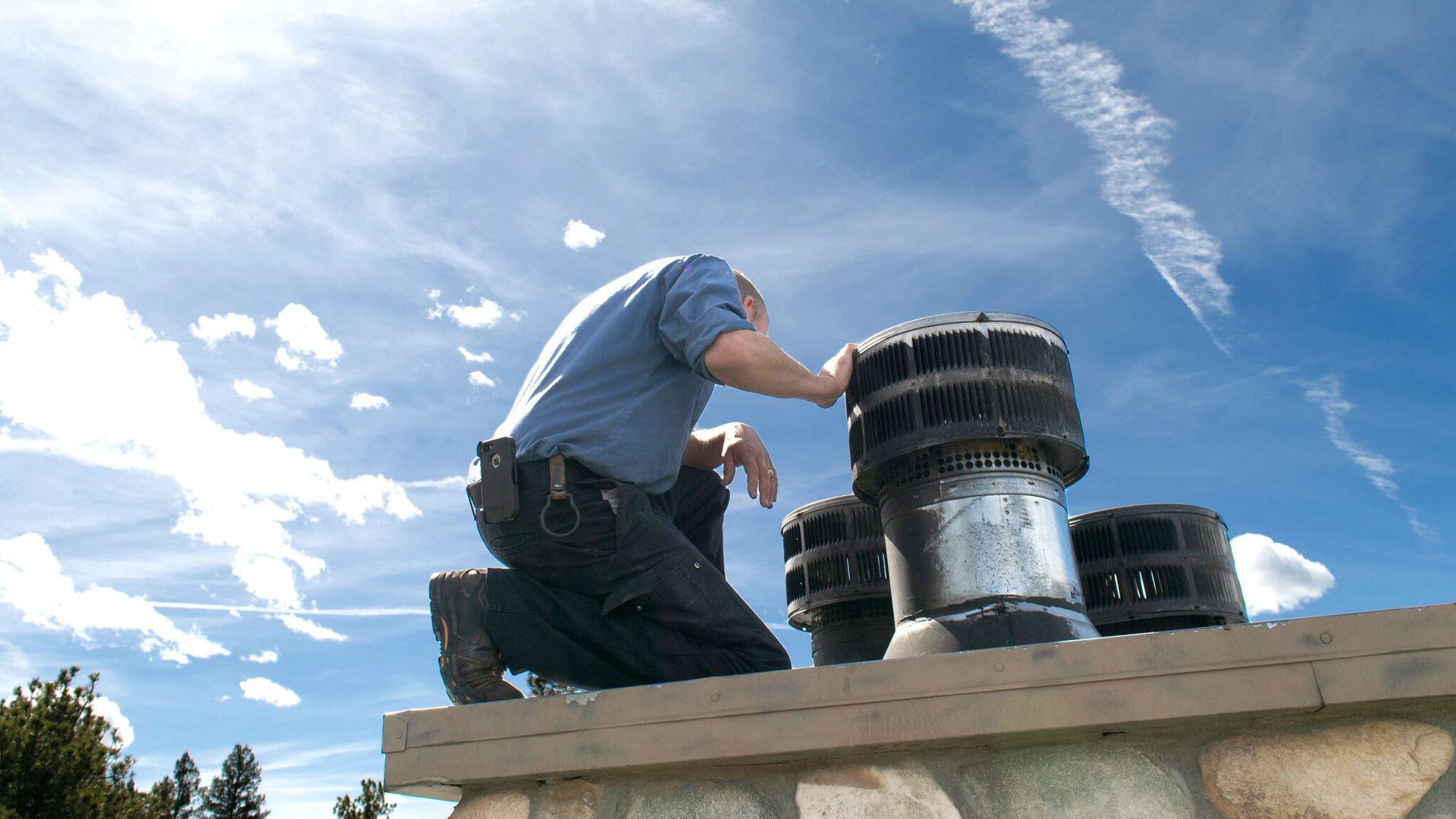
Kitchen Chimney Cleaning vs. Inspection: What’s the Difference?
Though related, cleaning and inspection serve different purposes:
Aspect Cleaning Inspection
Focus Removing grease, dirt Evaluating condition and safety
Tools Used Brushes, vacuums Lights, scopes, meters
Frequency Monthly/bi-monthly Annually or semi-annually
Ideally, schedule both cleaning and inspections regularly.
The Role of Chimney Caps and Filters in Safety
Small parts like chimney caps and filters play big roles:
- Chimney caps prevent pests and rain from entering
- Filters trap grease and dust before it enters ducts
Neglecting these can lead to airflow issues or unwanted guests inside your chimney system.
Seasonal Chimney Care Checklist
Spring/Summer:
- Clean filters
- Inspect for mold or humidity damage
- Check motor performance
Fall/Winter:
- Full inspection
- Deep clean ducts and fans
- Replace worn-out parts
Seasonal care keeps your chimney working all year long.
Cost of Kitchen Chimney Inspections
Typical prices range from $80 to $200 based on:
- Chimney type
- Service provider
- Inspection depth (basic vs. detailed)
It’s a small price for what could prevent a costly fire.
Avoiding Common Chimney Maintenance Mistakes
Homeowners often make these errors:
- Ignoring early warning signs
- Using harsh cleaning chemicals
- Not replacing filters on time
- Skipping annual inspections
Avoiding these mistakes improves chimney performance and longevity.
Eco-Friendly Chimney Maintenance Tips
Go green with these tips:
- Use biodegradable degreasers
- Choose energy-efficient chimneys
- Schedule regular inspections to reduce emissions
- Clean with reusable cloths instead of disposable wipes
Your chimney can support a cleaner planet too.
Kitchen Chimney Inspections: Peace of Mind Year-Round
Ultimately, chimney inspections are a small step toward big safety benefits. They reduce risk, improve efficiency, and extend the life of your chimney—all while giving you peace of mind. So why wait? Take action today to protect what matters most: your home and loved ones.
Frequently Asked Questions (FAQs)
How often should a kitchen chimney be inspected?
At least once a year, or every six months for frequent users.
What happens if I skip chimney inspections?
You risk grease fires, poor air quality, and costly repairs.
Can I inspect my kitchen chimney myself?
Basic checks are okay, but professionals offer thorough and safer inspections.
What does a professional chimney service do?
They inspect internal components, check airflow, and ensure safety standards are met.
How long does a chimney inspection take?
Usually 30–60 minutes, depending on chimney complexity.
Where can I find a reliable chimney inspection service?
Check out this trusted
chimney service for professional help.
Conclusion
Your kitchen chimney quietly does an important job every day. But without proper care, it can turn into a silent danger. Kitchen chimney inspections are a quick, cost-effective, and critical way to keep your home safe. Don’t wait for a problem to arise—take this simple step now for a cleaner, safer, and more efficient kitchen.
Links

